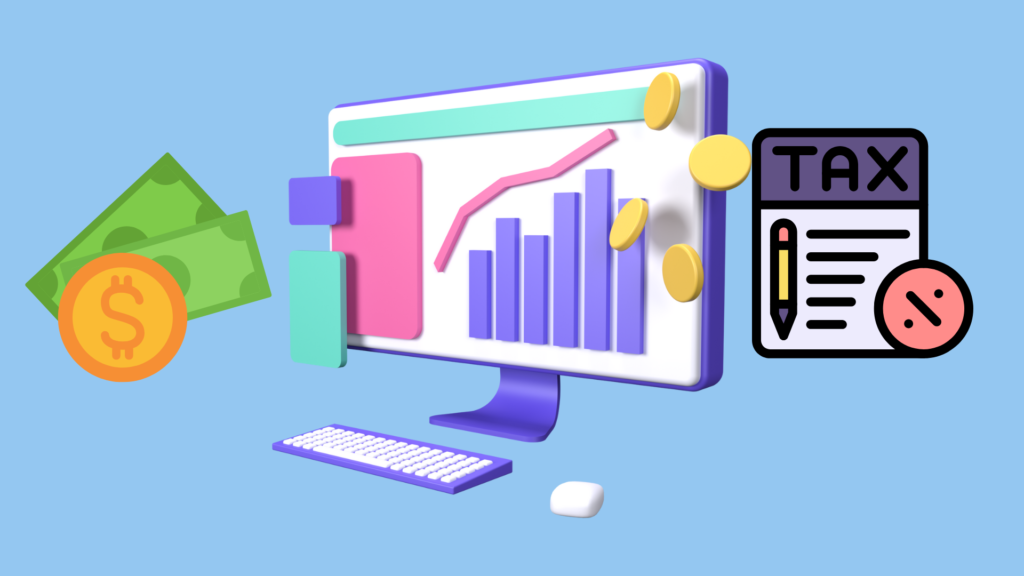The journal entry for recording interest expense is typically made to reflect the cost of borrowing money.

How to Record Journal Entry for Interest Expense?
The journal entry for recording interest expense is typically made to reflect the cost of borrowing money. Here’s a basic example of how you would record an interest expense:
Journal Entry:
| Date | Account | Debit | Credit |
|---|---|---|---|
| YYYY-MM-DD | Interest Expense | $XXX | |
| YYYY-MM-DD | Interest Payable | $XXX |
Explanation:
- Interest Expense (Debit): This account is debited to recognize the cost associated with borrowing money. It will be reflected on the income statement.
- Interest Payable (Credit): This account is credited to recognize the liability incurred for the interest expense, which will be settled in the future.
If the interest is paid immediately, you would instead credit Cash or Bank:
Journal Entry (if paid immediately):
| Date | Account | Debit | Credit |
|---|---|---|---|
| YYYY-MM-DD | Interest Expense | $XXX | |
| YYYY-MM-DD | Cash/Bank | $XXX |
This entry reflects that the company has paid the interest expense right away, reducing its cash balance.
Here are some additional scenarios and details related to recording interest expenses in the journal:
1. Accrued Interest Expense
If interest expense is incurred but not yet paid, you will need to accrue it. This typically happens at the end of an accounting period.
Journal Entry for Accrued Interest Expense:
| Date | Account | Debit | Credit |
|---|---|---|---|
| YYYY-MM-DD | Interest Expense | $XXX | |
| YYYY-MM-DD | Interest Payable | $XXX |
- Interest Expense (Debit): This account increases to reflect the cost of interest incurred.
- Interest Payable (Credit): This account increases to record the liability until the interest is paid.
2. Interest Expense for a Loan with Monthly Payments
For loans that require monthly payments, the interest expense is typically recorded each month. If you make a payment that includes both interest and principal, you need to split the payment.
Journal Entry for Monthly Payment (split into interest and principal):
| Date | Account | Debit | Credit |
|---|---|---|---|
| YYYY-MM-DD | Interest Expense | $XXX | |
| YYYY-MM-DD | Loan Payable | $YYY | |
| YYYY-MM-DD | Cash/Bank | $ZZZ |
- Interest Expense (Debit): Reflects the portion of the payment that is interest.
- Loan Payable (Debit): Reduces the outstanding principal of the loan.
- Cash/Bank (Credit): Reduces the cash or bank balance used to make the payment.
3. Interest Expense on Bonds
If your company has issued bonds, interest expense is recorded based on the bond’s coupon rate.
Journal Entry for Bond Interest Payment:
| Date | Account | Debit | Credit |
|---|---|---|---|
| YYYY-MM-DD | Interest Expense | $XXX | |
| YYYY-MM-DD | Cash/Bank | $XXX |
- Interest Expense (Debit): Records the cost of borrowing money through the bond.
- Cash/Bank (Credit): Reduces the cash or bank balance for the payment made to bondholders.
4. Amortization of Bond Premium/Discount
If bonds are issued at a premium or discount, you need to amortize that amount over the life of the bond. This impacts the recorded interest expense.
Journal Entry for Amortization of Bond Discount:
| Date | Account | Debit | Credit |
|---|---|---|---|
| YYYY-MM-DD | Interest Expense | $XXX | |
| YYYY-MM-DD | Discount on Bonds Payable | $XXX |
- Interest Expense (Debit): Increases due to amortization of the bond discount.
- Discount on Bonds Payable (Credit): Reduces the unamortized discount.
Journal Entry for Amortization of Bond Premium:
| Date | Account | Debit | Credit |
|---|---|---|---|
| YYYY-MM-DD | Premium on Bonds Payable | $XXX | |
| YYYY-MM-DD | Interest Expense | $XXX |
- Premium on Bonds Payable (Debit): Reduces the unamortized premium.
- Interest Expense (Credit): Decreases due to amortization of the bond premium.
These entries ensure that interest expenses are accurately reflected in financial statements, providing a clear picture of your company’s financial obligations and costs.
Leave a Reply